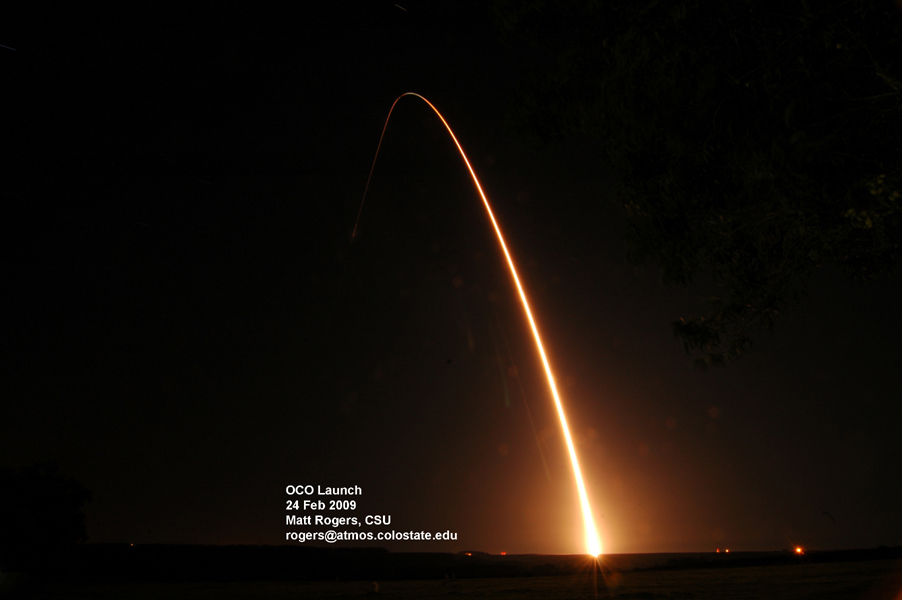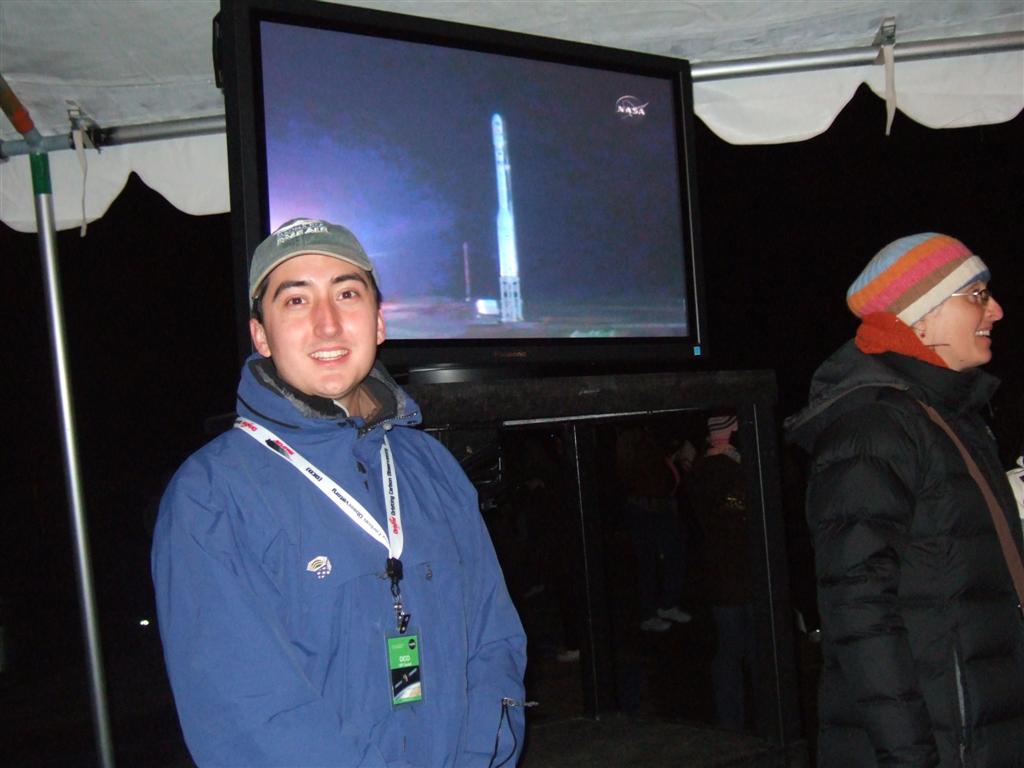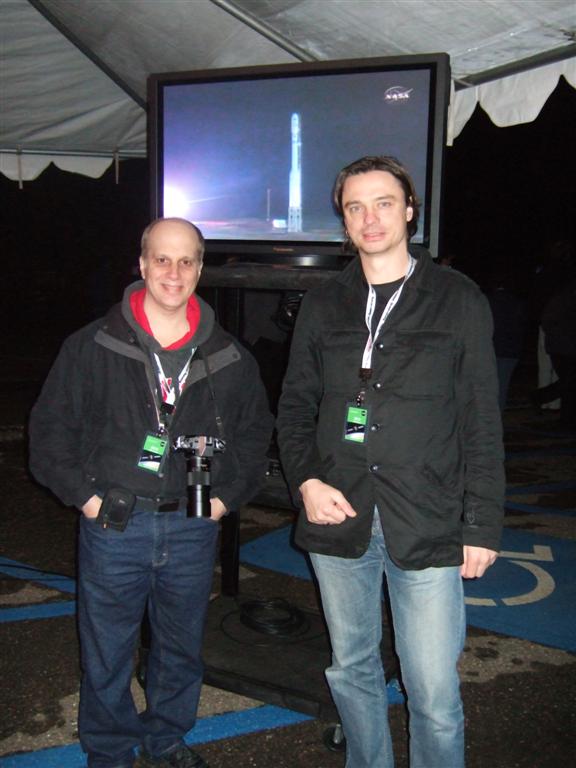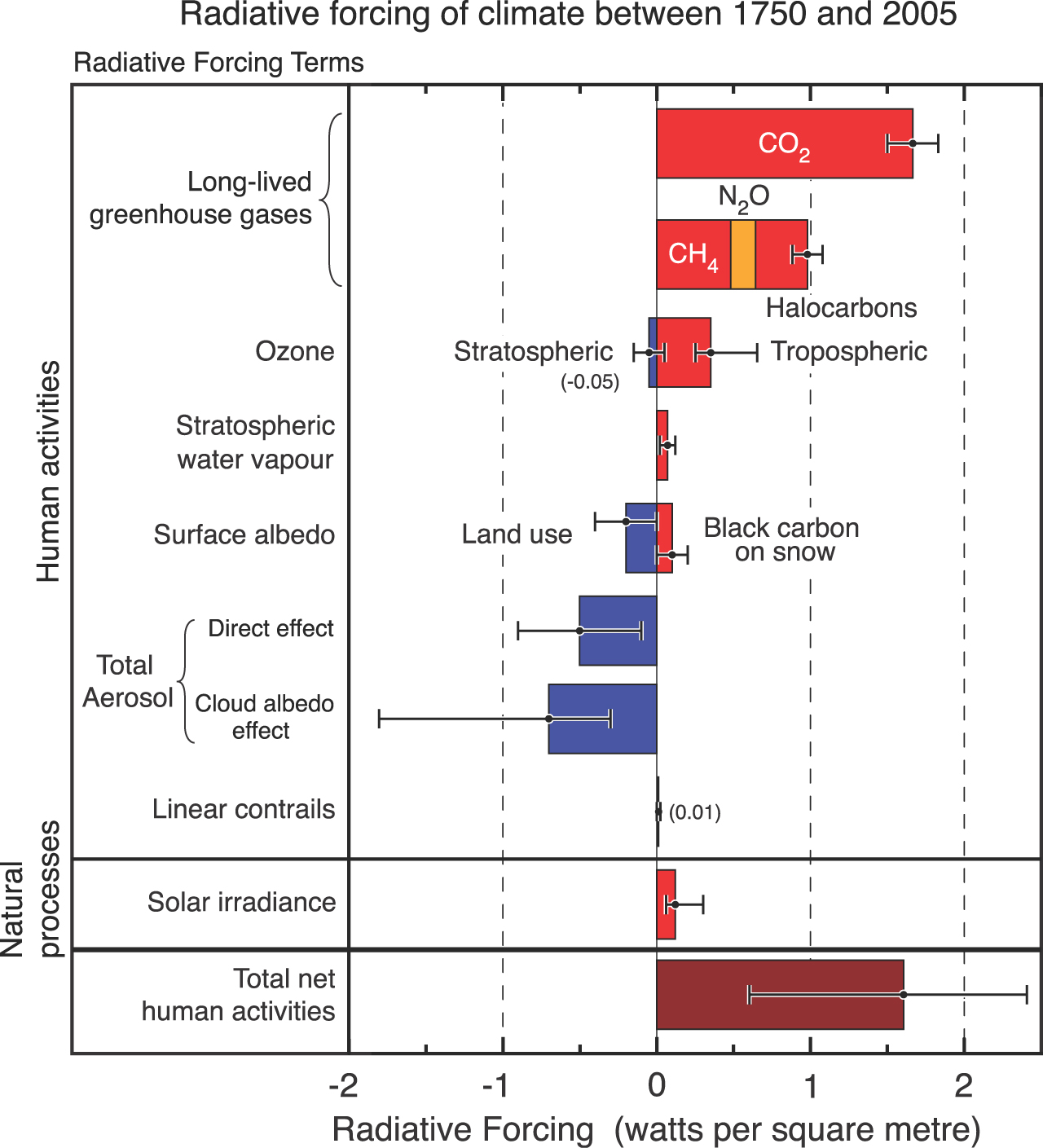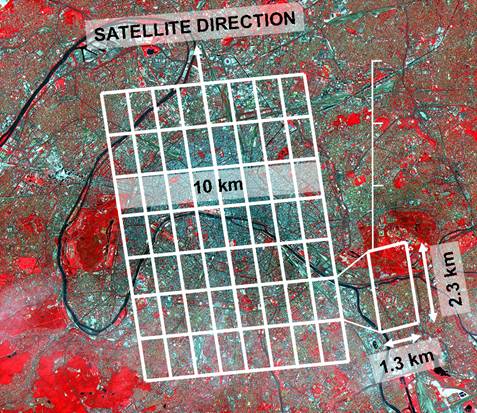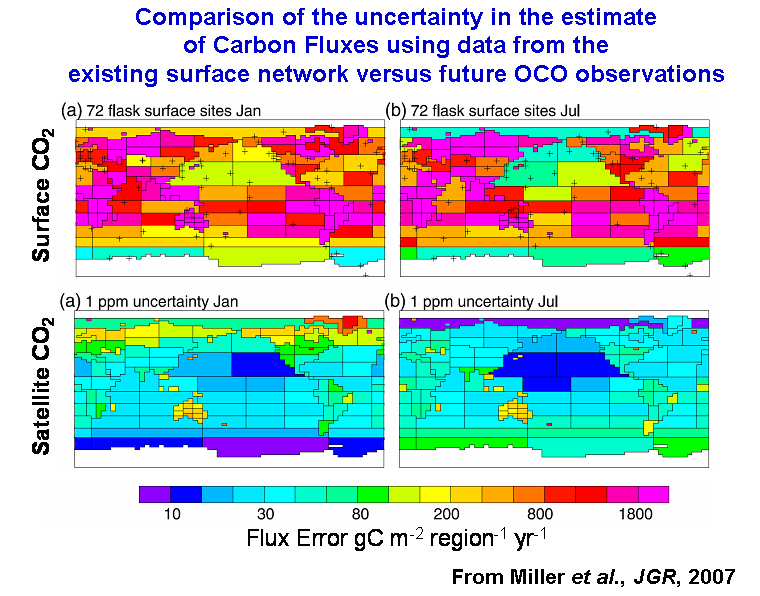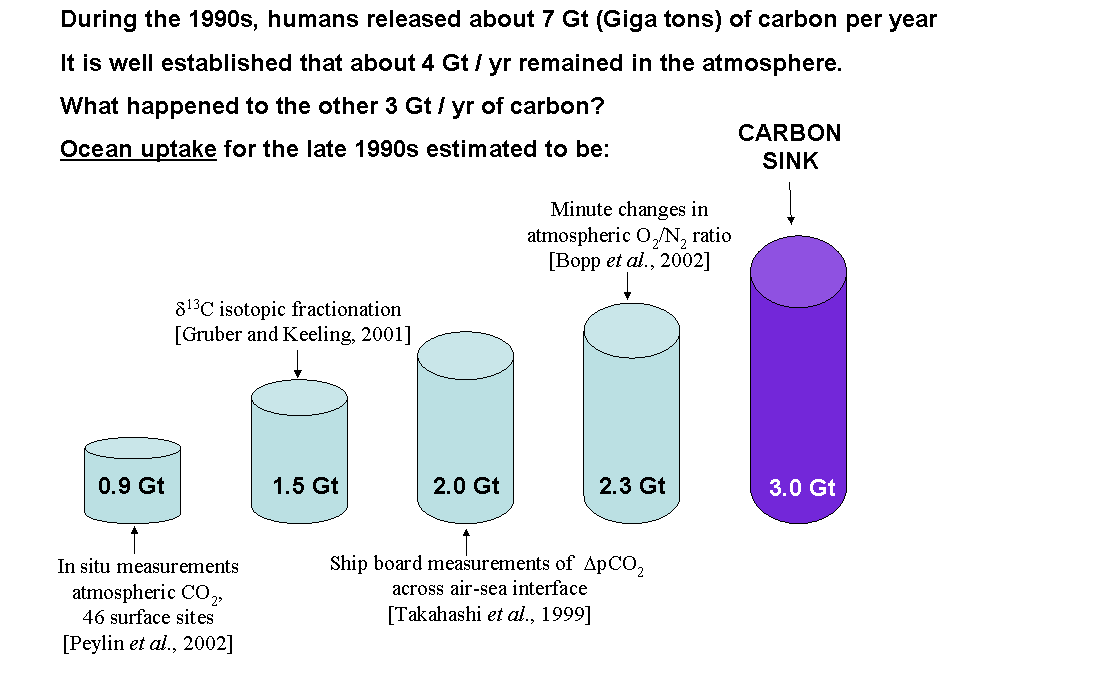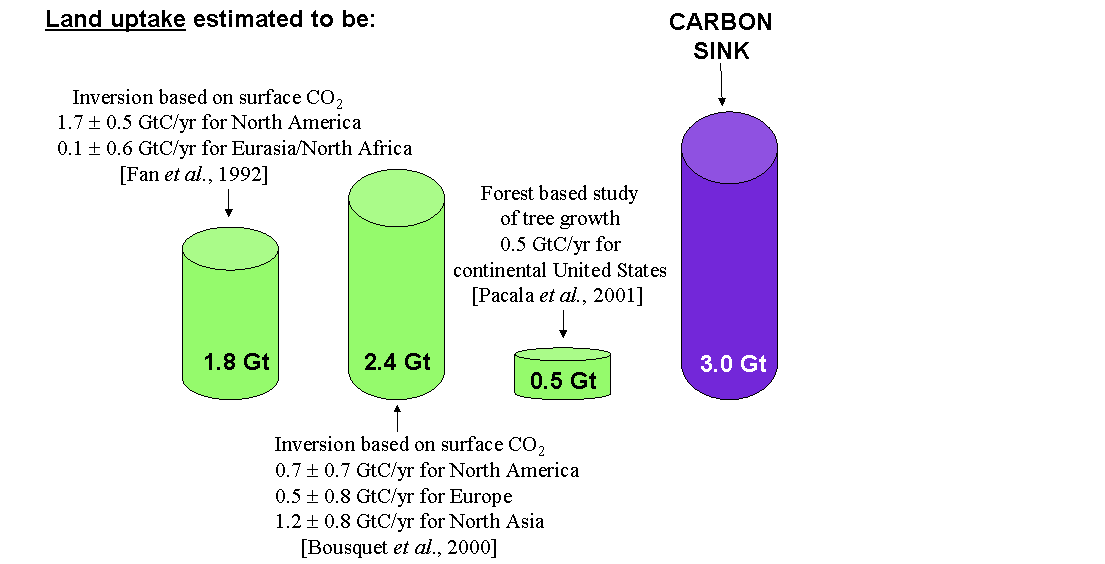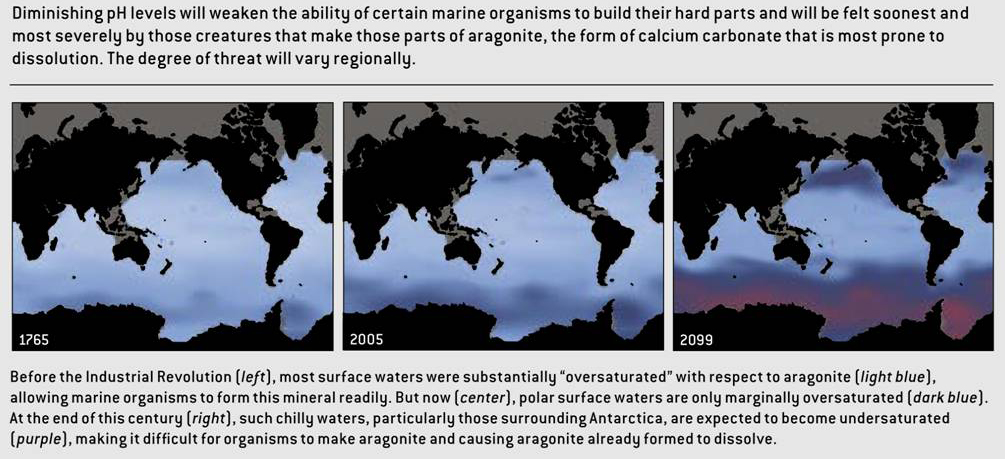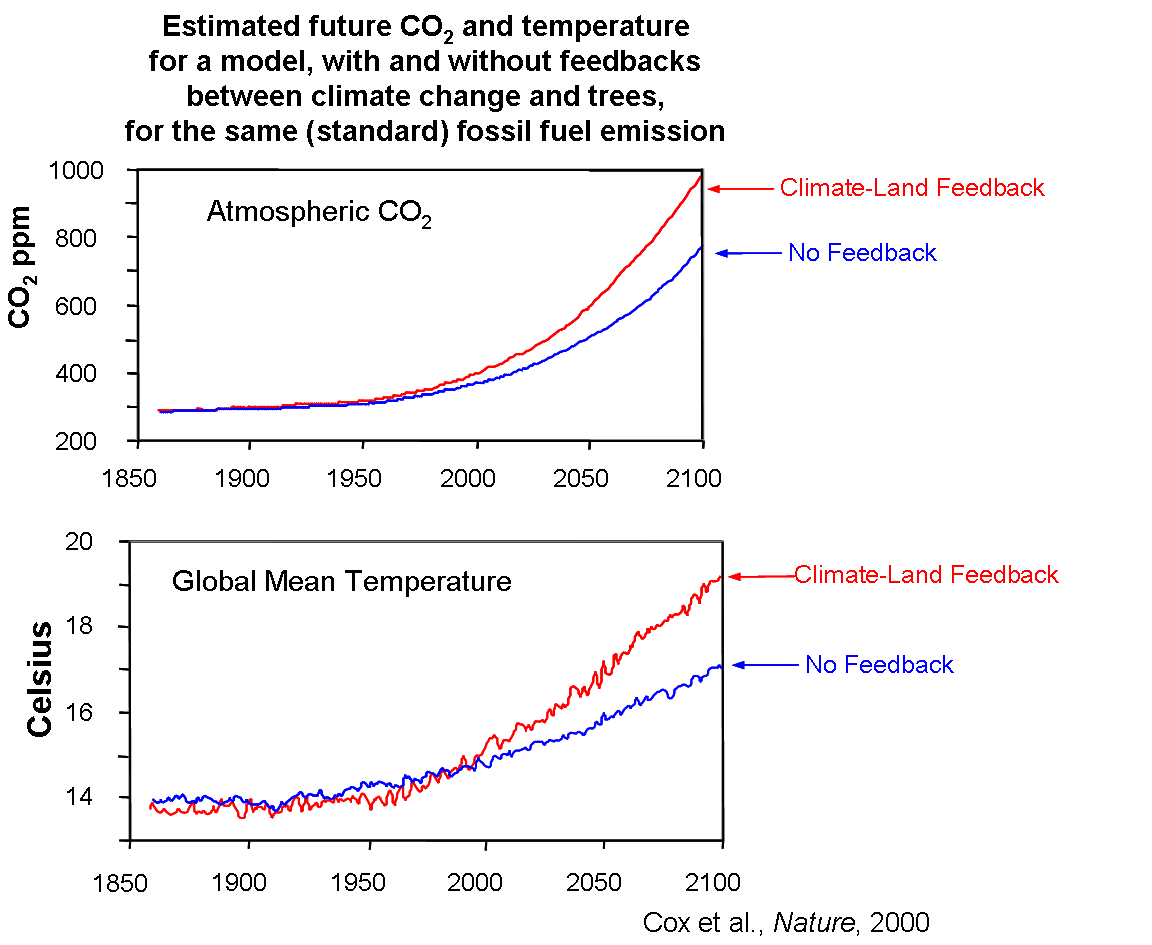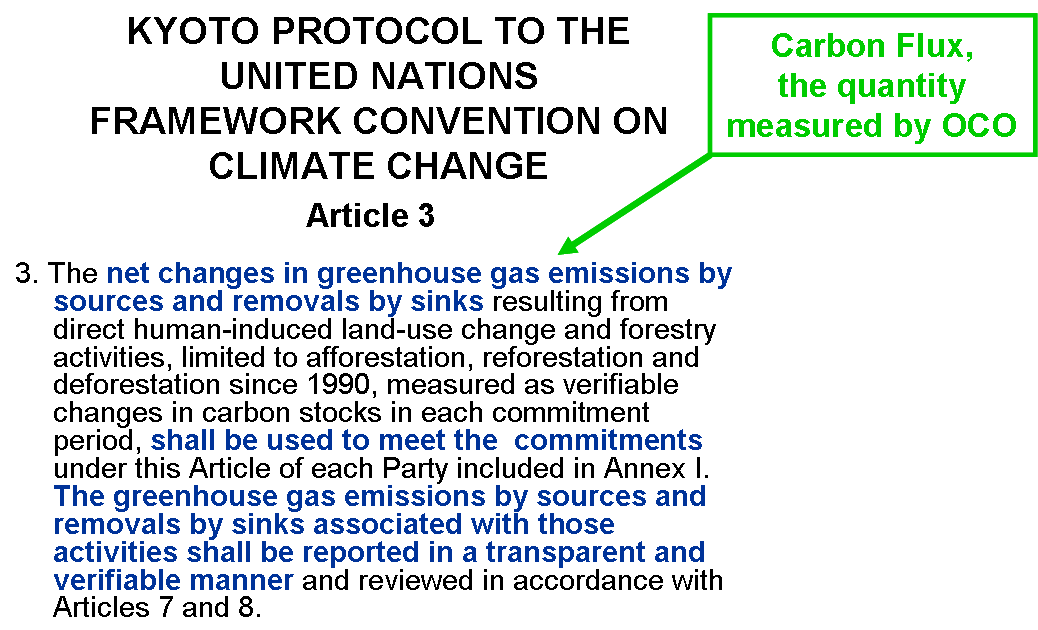Orbiting Carbon Observatory (OCO)
This website had been set up for the family, friends and colleagues of Ross Salawitch and Ben Johnson to learn about OCO and follow our adventures in California as we attended the launch of OCO.
We are saddened that the NASA Orbiting Carbon Observatory failed to reach orbit following its launch on Tues, 24 Feb 2009, at approx 1:55 am PST.
This mission has been a remarkable experience for both Ross and Ben. We are fully committed to pursuing space-borne observations of atmospheric composition, despite our deep disappointment following the failed launch. Ross has made life-long friends forged from years of hard work in a pressure packed, challenging, yet rewarding environment. Ben has gotten a taste of the intellectual richness of a space-borne mission. We know that our disappointment shall pass.
Much thanks to the OCO Science Team for their passion, dedication, and commitment, to Dave Crisp and Chip Miller for their outstanding leadership, and to the many folks at JPL and NASA who believed in our vision to revolutionize understanding of the global carbon cycle.
The irony of tonight's launch failure is that the 400 persons who were on the 13 bus convoy from Santa Ynez to Vandenberg Air Force Base (about a 45 min drive) seemed to be about the last to know. The spacecraft ascended beautifully and we watched the bright, orange glow arc through the sky until no visible trace remained. At that point, 2 of the 4 stages had burned, and we were directed back to the buses. We believe that the Air Force Base personnel simply wanted to call it a night, after what everyone thought was a successful launch. Many of us knew there were 2 more stages to burn. There were video and audio feeds of NASA TV at our viewing site, yet we were being sent back to the buses, rather assertively, before any indication of a problem emerged. Again, we think this was simply Air Force personnel wanting to wrap things up, since the rocket could no longer be seen by the naked eye.
Several of the buses learned of the launch failure on the ~45 min ride back to the hotel. One of our colleagues received an anguished cell phone call from his daughter in Australia. Another bus, with NASA public affairs personnel, was in the news loop via cell phone calls and cell phone web access. Our bus, like the majority, did not know of any trouble. Ben was able to reach Hawaii and tried to ascertain if all 4 stages had burned. But, the audio on his family's computer stream of the NASA feed had dropped out, and they did not know the implications of what they had seen. I had no cell phone signal for nearly the entire ride back.
I lingered outside the hotel, saying goodbye to some colleagues who were driving back L.A. immediately after launch. When I walked into the hotel lobby, it was clear from the blank look on several hundred people's faces that something was terribly wrong. I quickly learned the fairing had not separated and knew also this meant we could not unfurl the solar panels. So even if we had achieved orbit, our mission would be over once the batteries drained.
Those of us in the hotel had no contact with our colleagues inside mission control, as they were under a communications embargo. I did receive a text message from a person inside mission control, stating only that they could have no contact with those outside the room until after the press conference. About 40 of us lingered in the hotel lobby for about 2.5 hrs, from 2:30 am until 5:00 am, to watch the NASA press conference on a few laptops using a stream from the NASA website (the hotel does not get the NASA channel). The pronouncement at this telecon that the observatory had not reached orbit, and likely fell into the ocean short of Antarctica, was a mark of finality to a night that was filled with an astonishing range of emotions.
It was a surreal night best shared with this remarkable photograph taken by Matt Rogers of Colorado State University (rogers@atmos.colostate.edu):
This is a time lapse photograph covering about the first five minutes of launch. In real time, we saw an oblong orange blob scream through the sky (see video below). The sky lit up well before the sound reached our ears (we were 1 to 2 miles from the launch pad). We believe this picture captures the rocket moving out of our range, not the spacecraft losing altitude, although perhaps trouble had been noted by mission control computers at the end of this exposure. Therein lies the poignancy of this remarkable photograph.
This photograph is being officially hosted by Colorado State University at:
http://www.newsinfo.colostate.edu/index.asp?page=news_item_display&news_item_id=461696619
Matt Rogers should be contacted, at rogers@atmos.colostate.edu for a high resolution version of this photo without the "burn in" of his name and affiliation. Much thanks to Matt for allowing us to display his photo.
Below are several links to video of the launch recorded by Ben Johnson using a hand held digital camera (all links show the same content). Ben's excitement with the launch is readily apparent:
mv4 file, should open in most browser windows (smaller file; should download more quickly)
mov file, requires (larger file; requires Quicktime to view)
video hosted by YouTube (poorest resolution of the three, but perhaps easiest to access)
Finally, for our friends and family [okay, our colleagues as well☺], here are a few photos from the launch site taken about 20 minutes prior to rocket ignition. Ben is on the left. Ross is pictured Hartmut Bösch of the University of Leicester:
As I was making my way back to bus #8, I was literally jumping with joy. Following first light, in early April, Ben and I planned to move to Pasadena for the next ~9 months to devote our time, energy, and scientific skills to the mission. I kept looking to the sky thinking "wow, this is really happening". Alas, this joy lasted only about an hour. But, our scientific lives go on, as do our desires to obtain accurate and precise global measurements of the abundance of atmospheric CO2. We are already back to planning, strategizing, planning, strategizing: just like the past 9 years.
________
Note: in the accounts given above, the first person singular reflects the experience of Ross Salawitch and the first person plural reflects the joint experiences of Ben Johnson and Ross Salawitch (all content but the description of the launch photo) or Matt Rogers and Ross Salawitch (description of the launch photo).
________
Other first hand accounts of the OCO launch failure are available from:
Randy Pollock (JPL), OCO lead instrument engineer: http://blogs.jpl.nasa.gov/
Eric Ianson (NASA HQ), OCO program executive: http://blogs.nasa.gov/cm/blog/OCO%20Blog/posts/post_1235531979085.html
George Mount (WSU), OCO team member: http://www.dailyevergreen.com/story/27935
OCO team members at Colo. State Univ.: http://newsinfo.colostate.edu/index.asp?url=news_item_display&news_item_id=461696619
NY Times coverage that quotes a number of colleagues and refers to this website: http://www.nytimes.com/cwire/2009/02/25/25climatewire-after-carbon-observatory-crashes-scientists-a-9853.html
Coverage by the Univ of Md student newspaper: http://media.www.diamondbackonline.com/media/storage/paper873/news/2009/02/27/News/were-Plotting.The.Way.Forward-3652490.shtml
________
A nice collection of photographs, including some close-ups of the infamous fairing, are at

